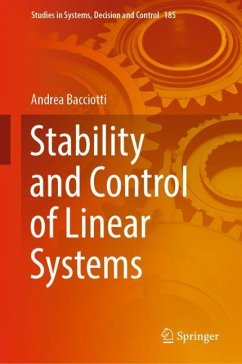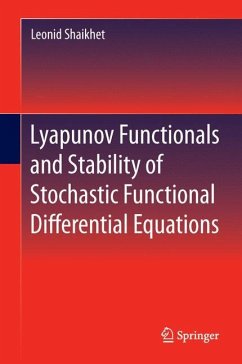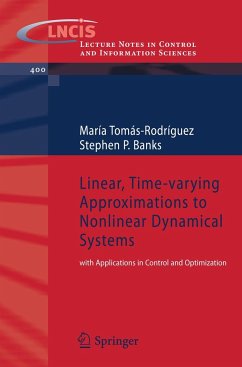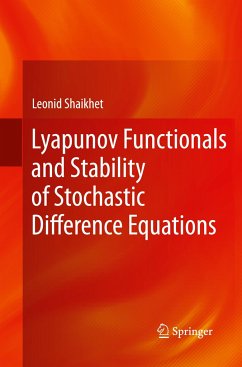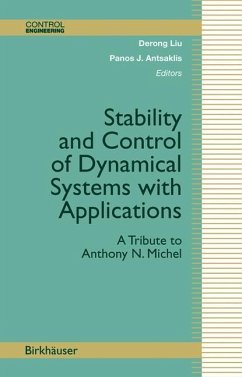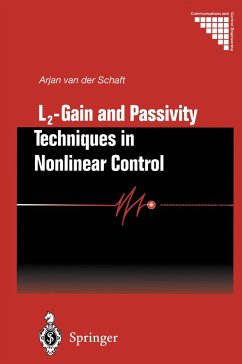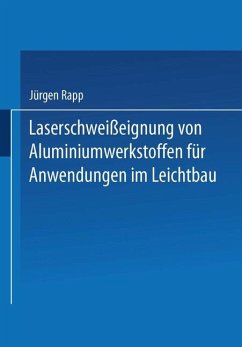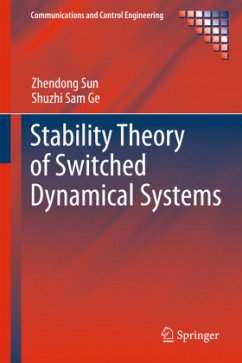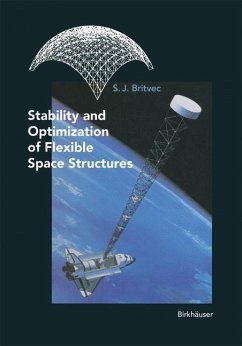
Stability and Optimization of Flexible Space Structures
Versandkostenfrei!
Versandfertig in 1-2 Wochen
77,99 €
inkl. MwSt.

PAYBACK Punkte
39 °P sammeln!
The aim of this book is to present up-to-date methodologies in the analysis and optimization of the elastic stability of lightweight statically determinate, and especially indeterminate, space structures made of flexible members which are highly stiff when loaded centrally at the nodes. Space structures of this type are generally subjected to considerable internal axial loads in the flexible members and they fail through the loss of global and statical stability. Thus, the criterion in the design of such structures calls for eliminating or isolating the onset of the elastic dynamic collapse th...
The aim of this book is to present up-to-date methodologies in the analysis and optimization of the elastic stability of lightweight statically determinate, and especially indeterminate, space structures made of flexible members which are highly stiff when loaded centrally at the nodes. Space structures of this type are generally subjected to considerable internal axial loads in the flexible members and they fail through the loss of global and statical stability. Thus, the criterion in the design of such structures calls for eliminating or isolating the onset of the elastic dynamic collapse thereby increasing their safe stability limit. Standard finite elements are totally inadequate for such analyses since they do not account for the choice of the branching paths in the loading process of the structure nor for the existence of the relevant collapse modes. These aspects are novel and they are here presented for the first time in comprehensive book form.



